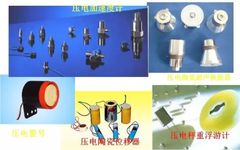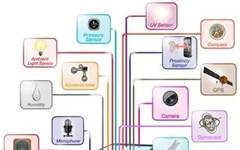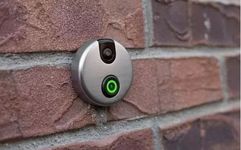IIC vs SPI: Which Communication Protocol Is Stronger?
In the field of electronic engineering, IIC and SPI are two common wireless communication protocols used in various communication devices, with a wide range of application scenarios. However, many beginners in electronics are unclear about the differences between these two protocols, so this article will elaborate on both protocols. 1. IIC IIC, short for Internet … Read more









